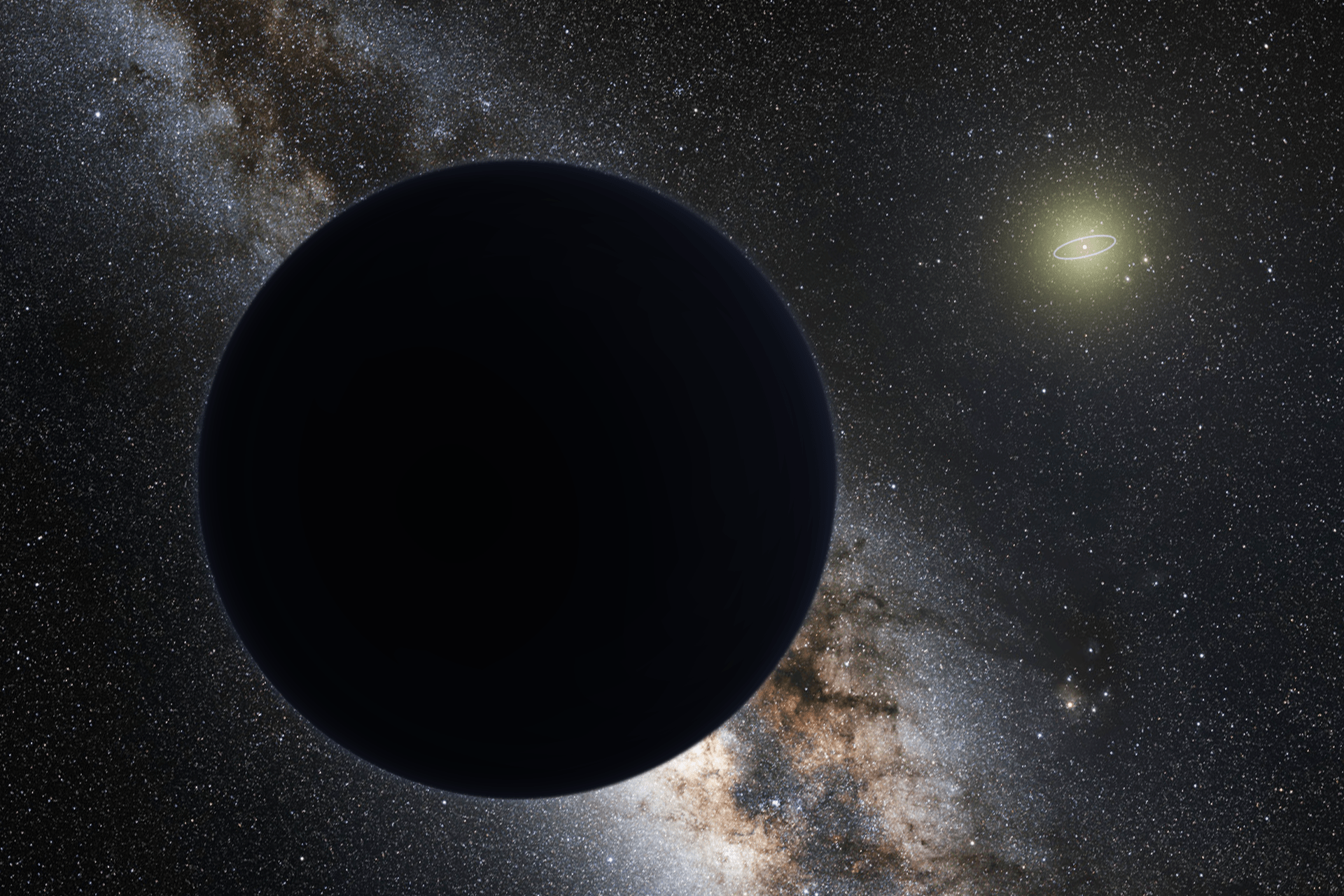Recent Study Provides A Better Understanding Of Our Solar System

It appears that planets forming around young stars is more common than scientists originally believed. A recent research analyzed young stars which are forming in the Taurus constellation. Apparently, they are surrounded by mysterious structures. Experts came to the conclusion that these are traces left by young planets that are currently forming.
“This is fascinating because it is the first time that exoplanet statistics, which suggest that super-Earths and Neptunes are the most common type of planets, coincide with observations of protoplanetary disks,” said lead author Feng Long, a doctoral student at Peking University in Beijing, China.
The study used ALMA (the Atacama Large Millimeter Array), made out of 45 radio antennas in Atacama Desert, in Chile. The survey focused on the Taurus region which is 405 light years from Earth. Researchers discovered 32 stars surrounded by a protoplanetary disk. Another discovery soon followed: 40% of them had gaps and rings, which seemed to indicate that new planets are being born.
The most common planets appear to be the large ones, which are also called Super Earths. Two of the planets discovered could even rival Jupiter, which is the largest planet in our system.
“Since most of the current exoplanet surveys can’t penetrate the thick dust of protoplanetary disks, all exoplanets, with one exception, have been detected in more evolved systems where a disk is no longer present,” explained Paola Pinilla, from the University of Arizona in the US.
The research was published in the Astrophysical Journal and it should help scientists understand better the origins of our solar system. “Our results are an exciting step in understanding this key phase of planet formation and by making these adjustments, we are hoping to better understand the origins of the rings and gaps,” concluded Long.
0 comments